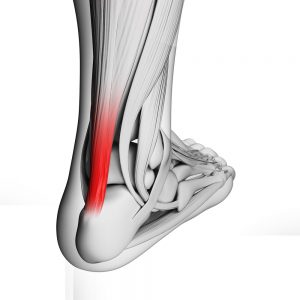 Being Nice to your Tendons 101
Being Nice to your Tendons 101
Tendinitis, Tendinopathy, Tennis Elbow, Tendon pain, or just something ending in “algia”. As physios, treating tendons can be quite challenging, as the landscape seems to keep changing with every passing year and every “latest” piece of research that gets produced.
As a patient, things can become even more difficult to understand, as health professionals all seem to have different opinions on what to call tendon pain, let alone what the ideal way to treat it is! Do I rest? Do I keep playing? Is massage helpful? Will I need surgery?! None of these questions are cut and dry which can get very frustrating.
In this blog we have attempted to clear the waters slightly, and summarize briefly how we think you should look after your tendons:
Rest May Not Be Best
Tendons rarely require complete rest if they are painful. In many cases in fact, the exact opposite seems to be true. Tendons are adaptive structures just like the rest of the body, they just seem to adapt slower than a lot of other bits, likely due to their relatively poor blood supply. Many cases of tendon pain will get worse with complete rest, or they may feel better for a short time but then flare up again with normal activity. In general you should keep moving as you are able to, and get some good advice on the right activity levels.
Stretching and Massage May Not Be Best Either……
Back in the day, most tendon pain was treated with a combination stretching and some form of firm direct pressure like massage or cross frictions. There is not much evidence suggesting that this is helpful and as far as stretching goes, we now think that it may actually make things worse. Now there is nothing wrong with a good massage and stretch, but maybe we shouldn’t expect it to fix tendon pain.
Change Is Good, Gradually
Most tendon pain occurs when someone has changed their level of activity quite rapidly, usually after a prolonged break from that activity. Often someone will think that a tendon has started to be sore for no real reason, but on further questioning about their activity levels they have started weeding the garden for the first time after summer or jumped back into preseason with 400m sprint repeats after Christmas. As I said before, tendons can adapt to changes in the load, but they need time to do this. One of the best ways you can look after your tendons is to get appropriate advice on changing your activity levels gradually. This can be a bit tricky. Knowing how much load to add and when is something best discussed with your Physio, ideally BEFORE you start to experience severe tendon pain.
 Strength May Be Best
Strength May Be Best
An adage gaining traction with most injury management now is “You can’t go wrong getting strong”, and this certainly applies to tendons. Adding load in the form of resistance exercises seems to not only benefit an injured tendon, but it is also important to strengthen the rest of the limb and other parts of the body. A carefully considered, graded strength program is essential in tendon rehabilitation but like anything else to do with tendons, the waters are a bit murky with respect to the details. Physios seem to flick backwards and forwards between eccentrics, isometrics and “anything else etrics” when it comes to the “perfect” way to strengthen a tendon. Many clinicians are now advocating to use any form of strength exercise that can be performed pain free, followed by a careful progression of the strength program as tolerated. The moral of the story is that strength work and tendon rehabilitation is rarely recipe-based. Every tendon and person are individual and treatment needs to take this into account.
Your physiotherapist is the perfect person to chat to about an individualized plan for your tendon pain, or for increasing your activity levels safely to avoid injury.